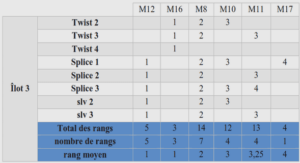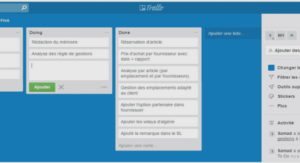STATE DEPENDENCE OF HOST-SEEKING IN BLOOD-SUCKING INSECTS
The transmission of diseases by blood-sucking insects depends on their ability to find a potential host and then to begin taking a blood meal from it. Indeed, host-seeking constitute a main activity in the life of haematophagous insects, which devote to it a high portion of their sensory abilities and much of their time. This activity allows them to obtain blood nutrients, necessary for growth and reproduction. The obtainment of a blood meal, however, constitutes a dangerous task, provided that hosts play the double role of food-sources and predators. To avoid unnecessary risks, the motivation to feed should be modulated in order to make the insect feed only when needed. This is the case, for example, of mosquito females, which are not sensitive to host cue during egg production and they recover their ability to seek for food, once eggs are mature or have already been laid. This alternance between feeding and reproduction expresses as a gonotrophic cycle which has been well characterised in different mosquito species (Klowden, 1981; Klowden, 1990; Klowden and Briegel, 1994; Klowden 1995; Takken et al., 2001). Actually, if a first meal is sufficient for the production of a batch of eggs, a supplementary one would not necessarily increase fecundity (Lea et al., 1978; Edman and Scott, 1987).
Concerning hemimetabolous insects, obligatory haematophagous along their whole life, to our knowledge, no information is at present available. Even when reproduction and ovarian activity may modulate the feeding activity of females, this would not be the case of males and larvae, which are submitted to the same trade-off between feeding and avoiding predation. To shed some light on this problem, we studied the response of the blood-sucking bug Rhodnius prolixus to host-associated cues, as well as their motivation to feed, as a function of the time elapsed since the last meal. We have previously shown that internal factors, such as circadian clocks and the moult cycle affect the responsiveness of these bugs to host cues (Bodin et al., 2008; S. P. Bodin et al., unpublished). First, we studied the response of larvae and adult males and females to carbon dioxide and thermal stimulation, as well as their motivation to feed, at different times after feeding and, in the case of the larvae, until their ecdysis. Then, we analysed the effect of abdominal distension on the modulation of the responses and, finally, we tested the influence of haemolymph-borne factors on the behavioural response to host-associated stimuli in these bugs.
Rhodnius prolixus were reared in the laboratory under 12/12 h light/dark illumination regime, at 28°C and 60 – 70 % RH. Insects were fed weekly, with sheep heparinised blood, using an artificial feeder (Núñez and Lazzari, 1990). Fifth instar larvae, adult males and females that had just moulted were isolated in individual plastic containers and starved until the tests. It has previously been shown that these bugs hatch at the end of the night (Ampleford and Steel, 1982). For our experiments, bugs were collected in the morning following ecdysis. They are recognizable by their characteristic pale-pink colour. In order to avoid any eventual interference of reproduction, adults of both sexes were kept virgin along the experiments. To investigate the potential modulation of the behavioural response of R. prolixus to host signals after a blood meal, we tested the behavioural response to CO2 and heat, as well as the motivation to feed, at different times after a blood meal. Bugs were fed using an artificial feeder (Lazzari and Núñez, 1989), 15 days after their ecdysis either to the fifth instar or to the adulthood, in order to assure that they were highly motivated to feed. During the 24th hours after feeding, bugs’ weight varies rapidly because of the excretion of urine (Maddrell, 1963; Maddrell, 1964a; Maddrell, 1964b). Thus, in order to estimate the volume of ingested blood, insects were weighted 24 hours after feeding. Insects that had not fed at repletion were discarded in order to constitute homogenous groups.



